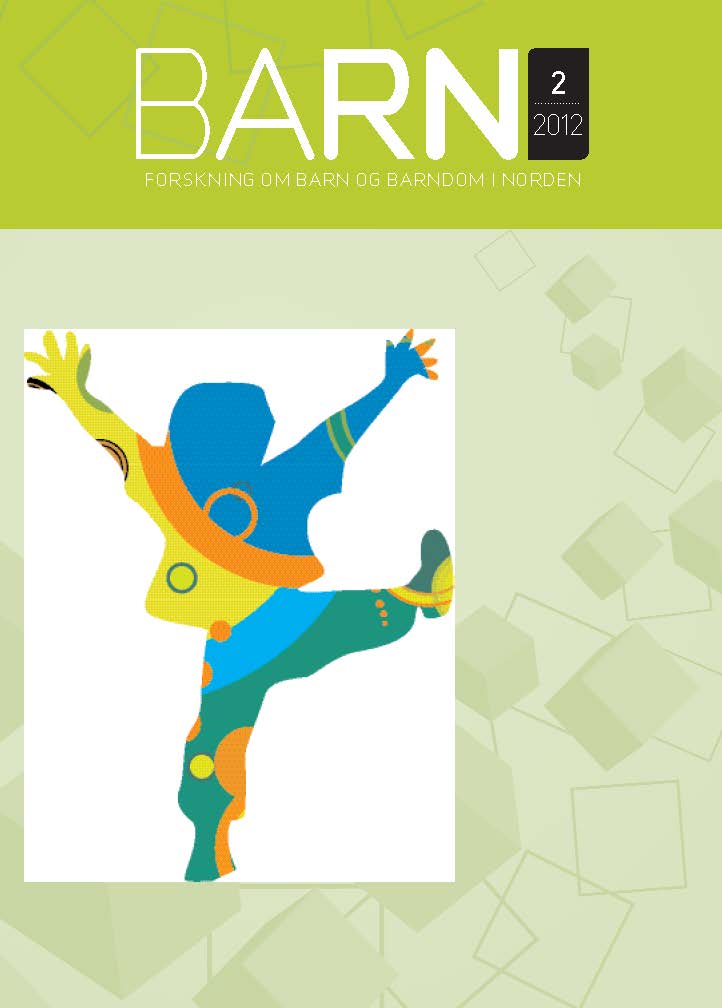Perspektiver på kvalitet i barnehagen
Abstract
This article draws on the research project:”Barnehagens organisering og strukturelle faktorers betydning for kvalitet” (Vassenden et al. 2011), prompted by the extensive expansion and transformations in the Norwegian sector of early childhood education and care (kindergartens). The significance of organization and size for structural and educational quality in the day-to-day context for both young children and adults is explored. Three different forms of kindergartens (small group-based, medium-sized group-based and large flexible group-based) are outlined by focusing on educational quality. The size of the groups and the number of grownups pr. child together with the staff’s possibility to develop professionally are discussed. Out of these three different forms of kindergartens the medium-sized grouped based kindergartens seem to be more able to secure structural and educational quality for both children and adults than the others.


